Robert Schad. Stahltanz
3 November to 15 December 2012 ⟶ Corneliusstraße
Exhibition view
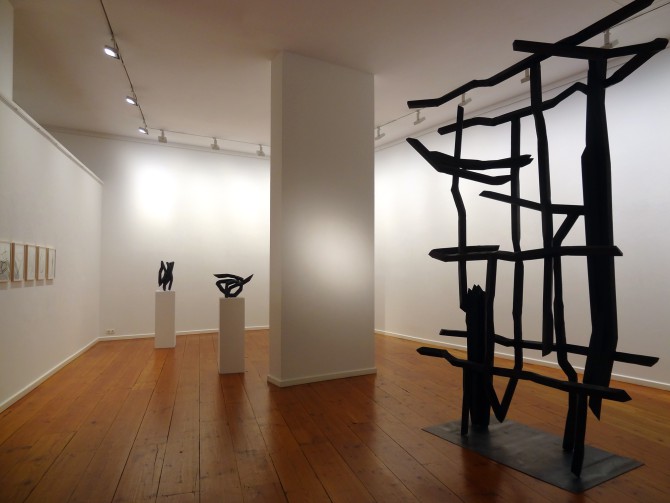
Exhibition view
Exhibition view
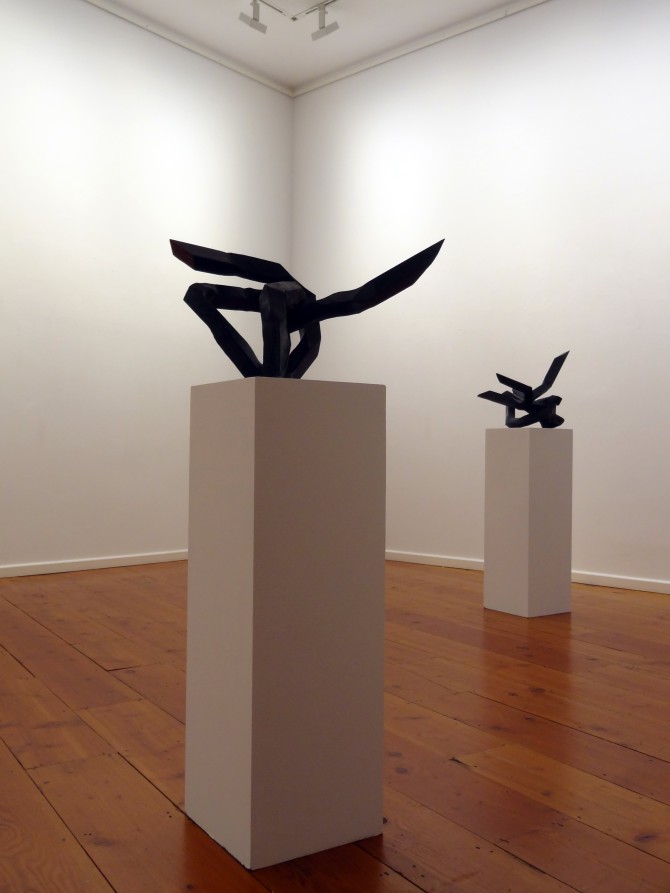
Exhibition view
Ksarr Fredok, 2011, solid square steel 60 mm, approx. 330 x 200 x 100 cm
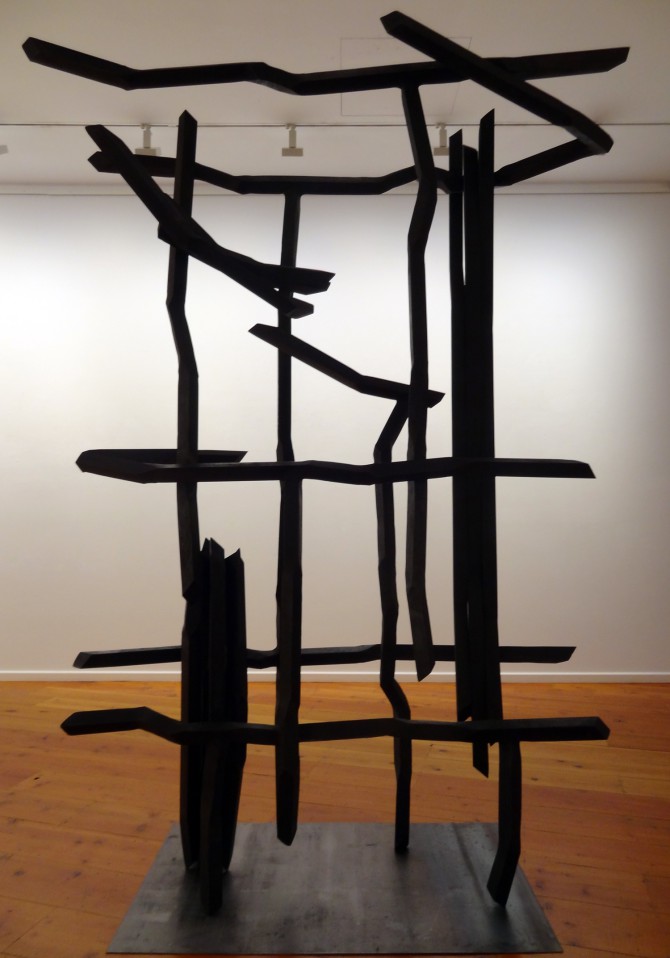
Ksarr Fredok, 2011, solid square steel 60 mm, approx. 330 x 200 x 100 cm
Exhibition view
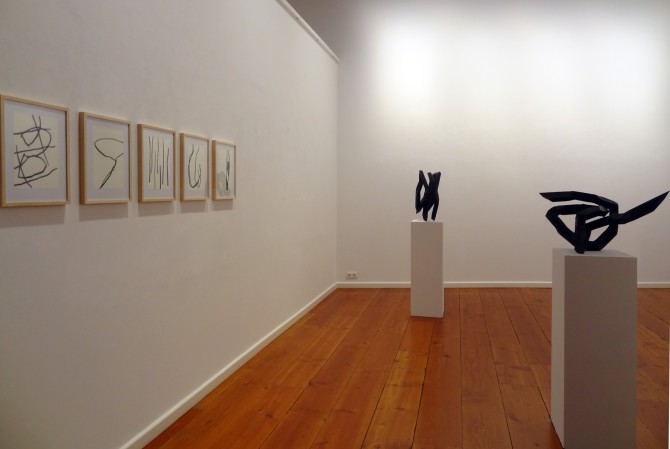
Exhibition view
Ällert, 2012, square steel solid 45 mm, approx. 58.5 x 29 x 28 cm (SOLD)
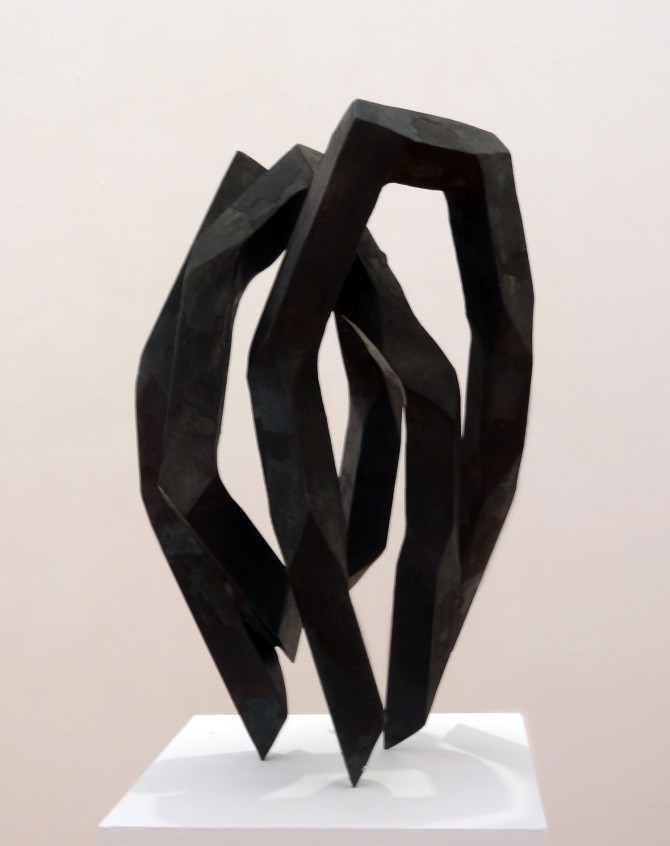
Ällert, 2012, square steel solid 45 mm, approx. 58.5 x 29 x 28 cm (SOLD)
Hand drawings, 2012, wax crayon/paper, each 21 x 29.7 cm
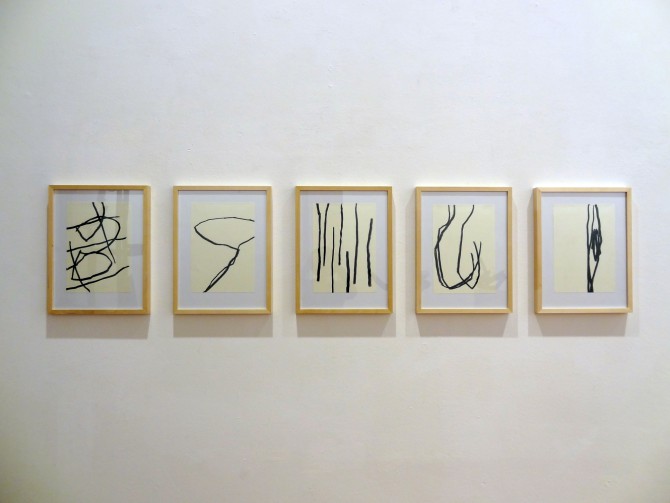
Hand drawings, 2012, wax crayon/paper, each 21 x 29.7 cm
Pesauni, 2012, square steel solid 45 mm, approx. 35.5 x 66 x 35 cm (SOLD)
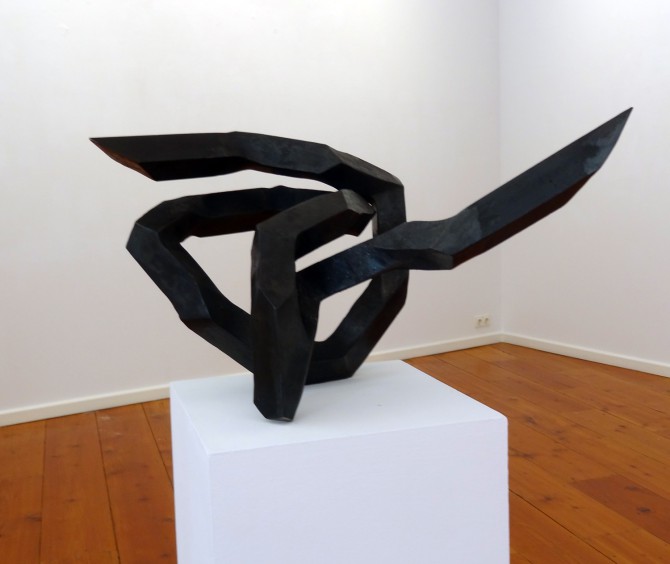
Pesauni, 2012, square steel solid 45 mm, approx. 35.5 x 66 x 35 cm (SOLD)
Dureis, 2012, square steel solid 45 mm, approx. 47.2 x 56 x 65 cm (SOLD)
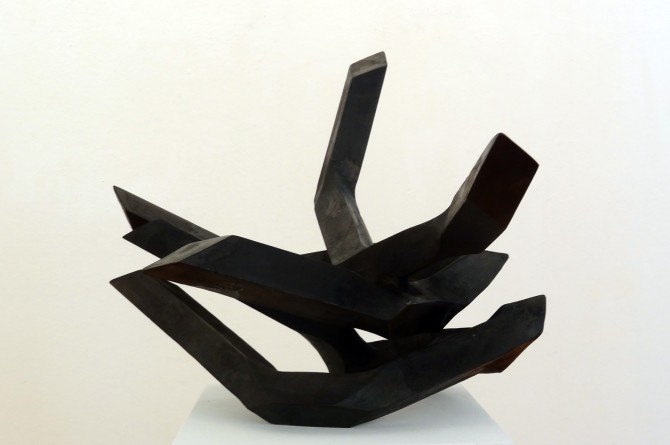
Dureis, 2012, square steel solid 45 mm, approx. 47.2 x 56 x 65 cm (SOLD)
Exhibition view
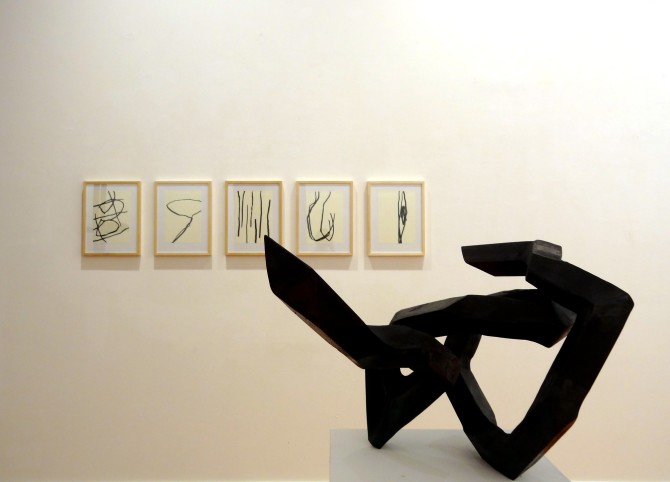
Exhibition view
Exhibition view
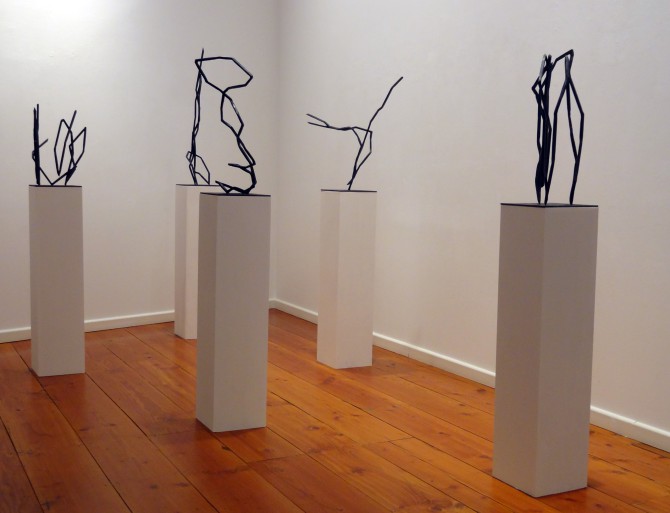
Exhibition view
SIHM, 2012, solid square steel 10 mm, 93 x 14.5 x 19 cm
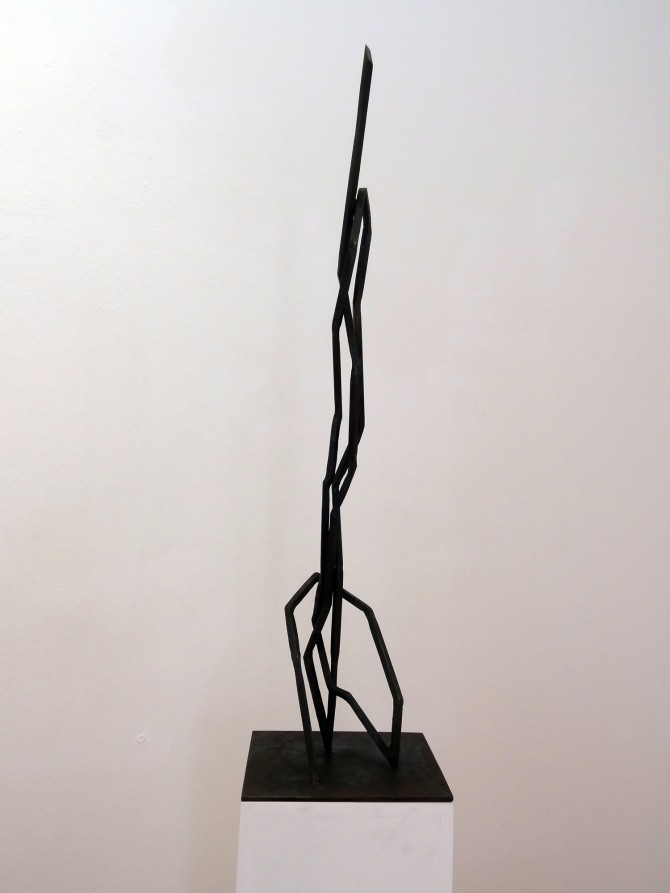
SIHM, 2012, solid square steel 10 mm, 93 x 14.5 x 19 cm
LARRANS, 2012, solid square steel 10 mm, 65 x 88 x 19 cm
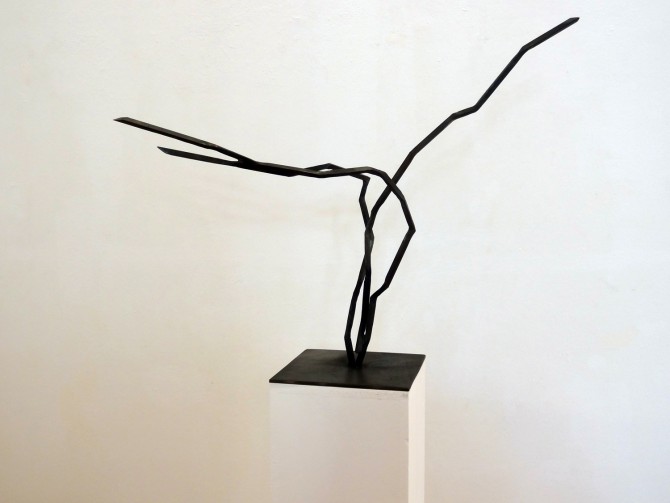
LARRANS, 2012, solid square steel 10 mm, 65 x 88 x 19 cm
TARKE, 2012, square steel solid 10 mm, 45.3 x 41 x 42 cm
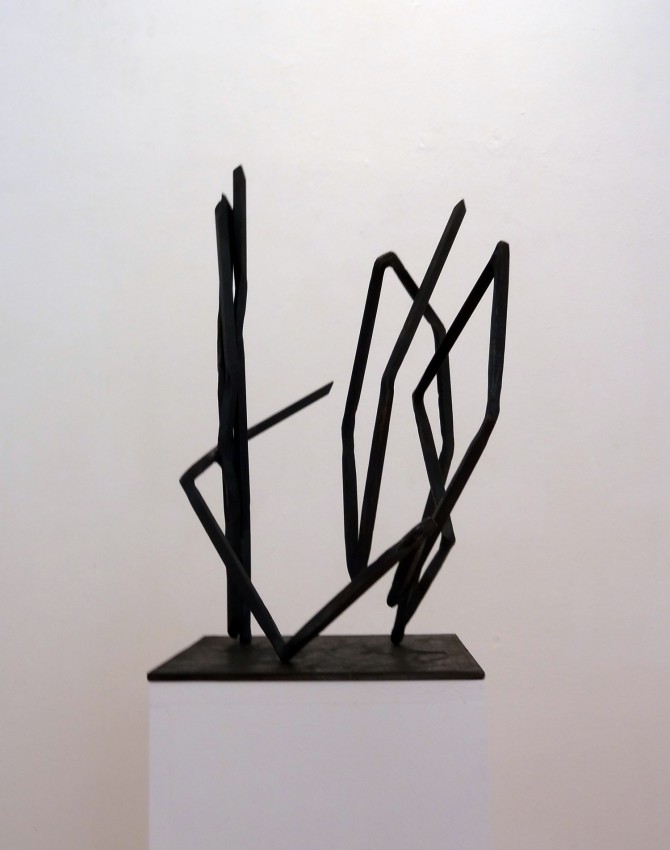
TARKE, 2012, square steel solid 10 mm, 45.3 x 41 x 42 cm
right: Hergis, 2004, solid 45 mm square steel, approx. 108 x 203 x 64 cm left: Hand drawings, 2012, wax crayon/paper, each 21 x 29.7 cm
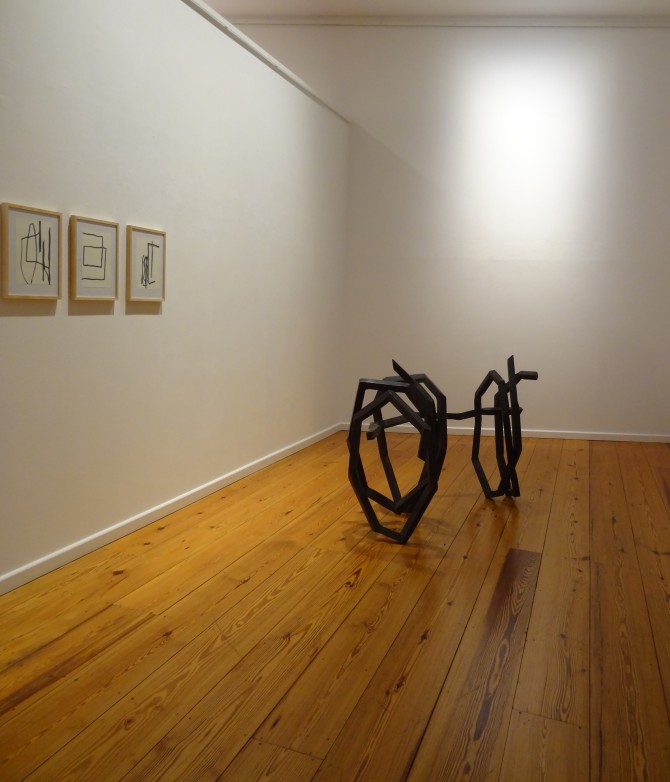
right: Hergis, 2004, solid 45 mm square steel, approx. 108 x 203 x 64 cm left: Hand drawings, 2012, wax crayon/paper, each 21 x 29.7 cm
Exhibition view
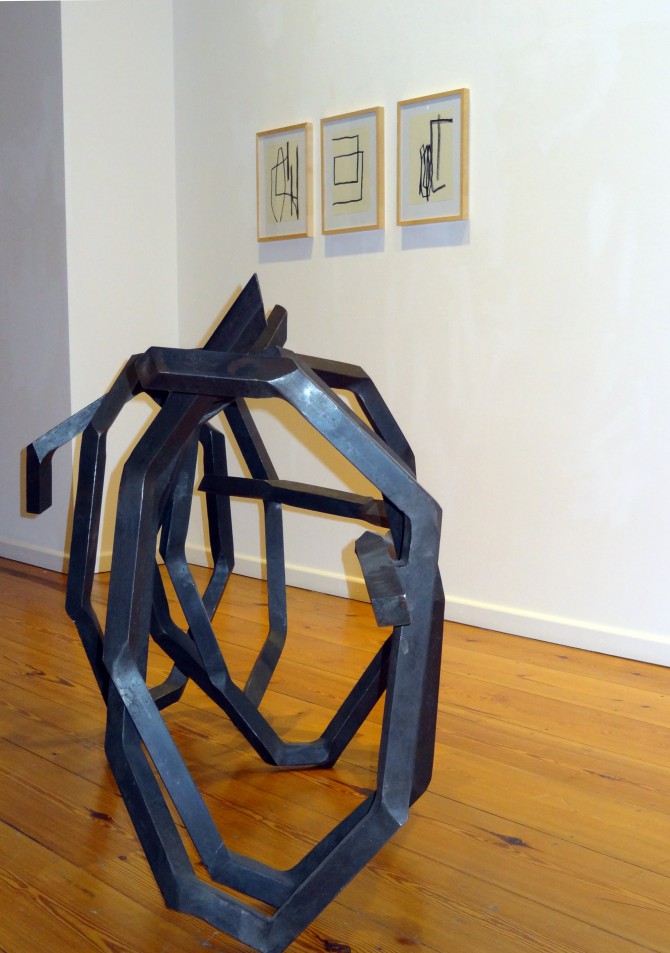
Exhibition view
Hand drawings, 2012, wax crayon/paper, each 21 x 29.7 cm
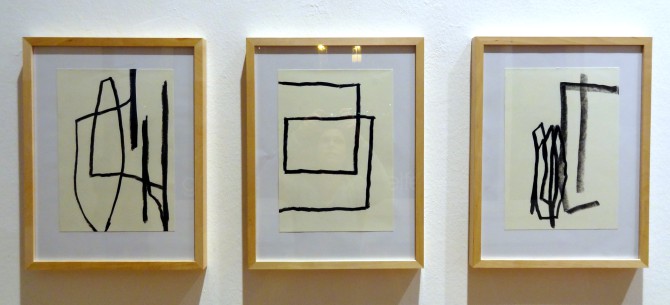
Hand drawings, 2012, wax crayon/paper, each 21 x 29.7 cm
Exhibition view
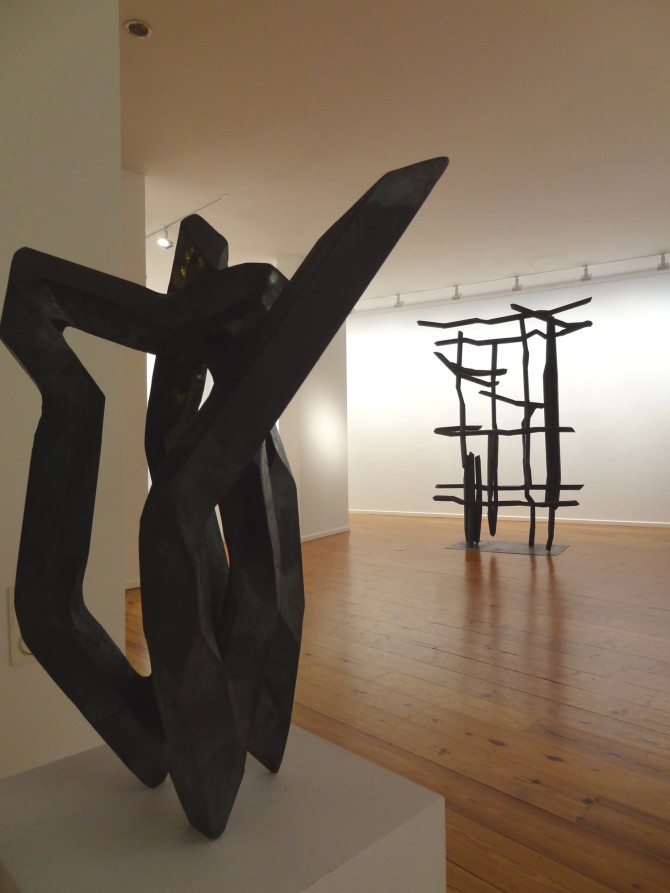
Exhibition view
Finar, 2005, square steel solid 45 mm, approx. 419 x 141 x 71 cm
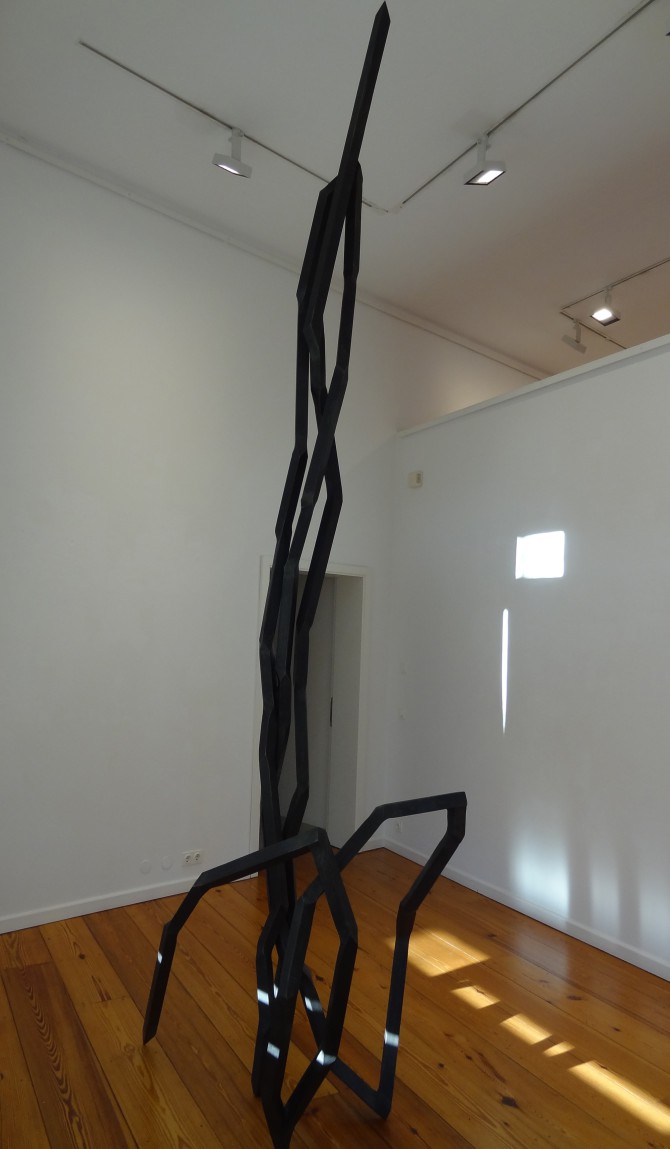
Finar, 2005, square steel solid 45 mm, approx. 419 x 141 x 71 cm
Hand drawings, 2012, wax crayon/paper, each 21 x 29.7 cm
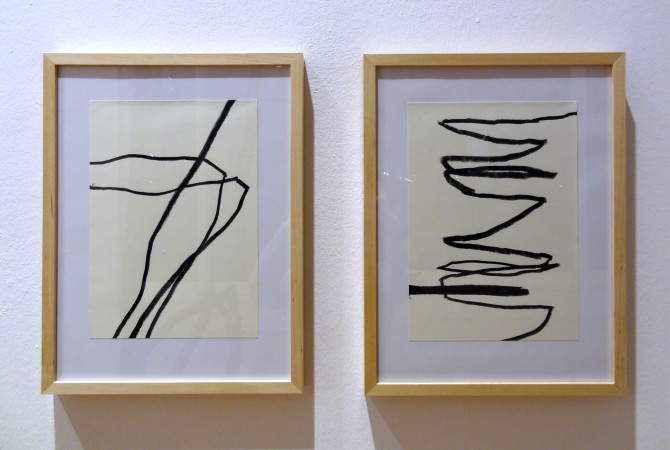
Hand drawings, 2012, wax crayon/paper, each 21 x 29.7 cm
Robert Schad's sculptures open up polarities - and movement in the in-between: Lightness and heaviness, mobility and stillness; material and transparency, idea and body, construction and emotion. The very title of the exhibition Steel Dance brings together opposites. He has found his material in square structural steel, here in various dimensions, with which he inscribes rhythm, body and subjectivity into the space - almost in paradox. The steel becomes a handwriting, a line of movement, a drawing in space. Dancingly or explosively, full of energy, the sculptures take possession of space, charge it, transform it. Without any recourse to the anthropomorphic and despite their abstract form, the sculptures are full of vitality in an idiosyncratic sense, a shooting up, bearing, floating. As with the human body/the first tool of the human hand, movement is made possible by joints. The lineaments explore and test the space in versatilely directed dynamics, in changes of direction, in stagnations, in renewed stretching. The starting and end points are never fixed, the lines reach out freely into the surroundings, making the potential boundlessness tangible. The sculpture does not end where it ends, its openness allows it to write itself into the space, always revealing new facets of itself in the process of perception. There are dense centres of events in the sculptures, tense passages, serene flow. The contrast between abstraction and human fullness is characteristic of Robert Schad's work; it is balanced and conscious in the sculptures. So it is not about slagless spatial signatures, the sculptures are personality, spirit, emotion. They are moving and shifting structures in space, like a dance, like a score, in crescendo/decrescendo, in motifs and variations they give form to time. The figures, fields, knots seem to collect the kinetic energy that is constitutive for the sculptures, to concentrate it and, through this process of condensation, to pour it out into the space again. This also dissolves the identity of sculpture and volume. Space is now no longer the other side of the sculpture, but is incorporated by it, a constituent component. In the joining together, in the opening and closing, in the play between fullness and emptiness, gracefulness and mass, Robert Schad achieves ever new expressive qualities that actually transform the respective space into a place. The material is always also a partner, with a life of its own and its own will, so the production process also follows a dialogical principle, the energy of making can always be sensed in the steel rods directed by the artist. Energy flows in the space - and precisely because of this, always remains related to the human being. The latent energy of space corresponds to dance - stage: dance is the most fleeting of the arts, is ephemeral, moving spatial art and every dance is realisation. The whole human being is involved in the appropriation, mediation, transmission of movements. This moving mobility is also characteristic of the artist's drawings; for him, sculpture and drawing are like siblings, each with its own individuality and expressiveness. Gesture and momentum become form and sign in the drawing. (Text: Dr Dorothée Bauerle-Willert)